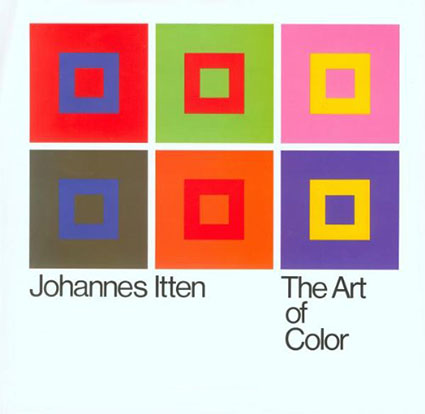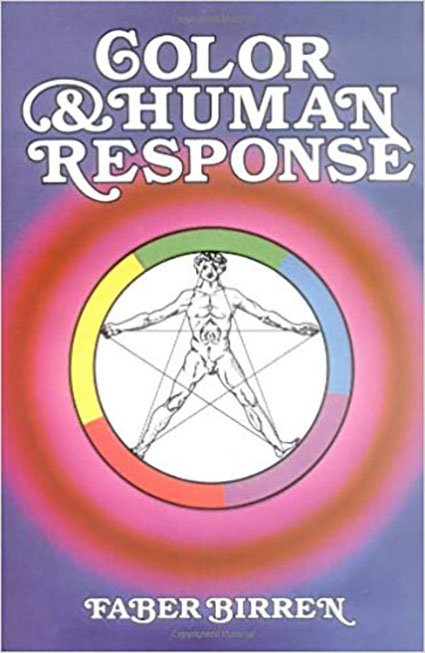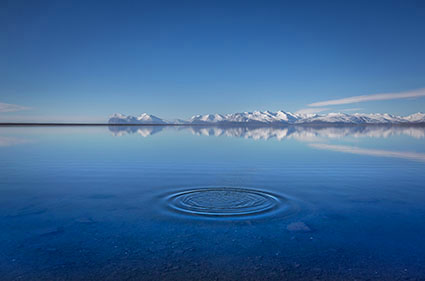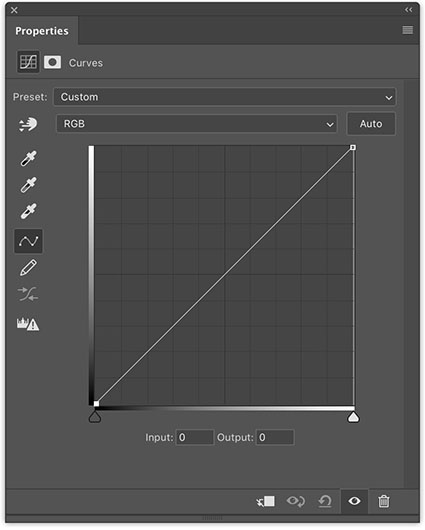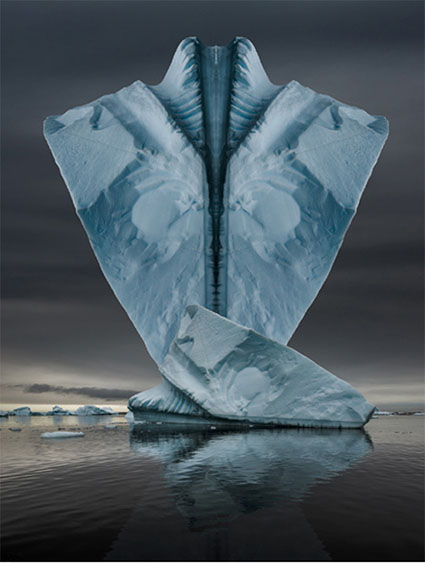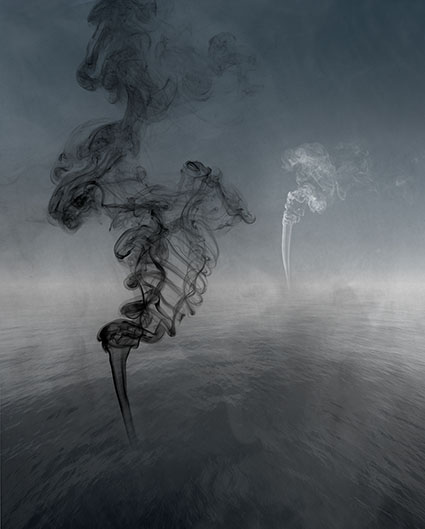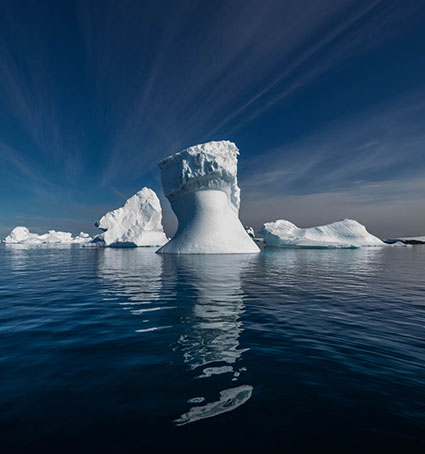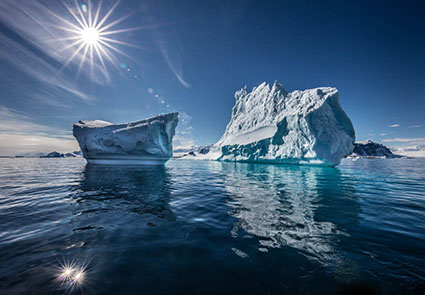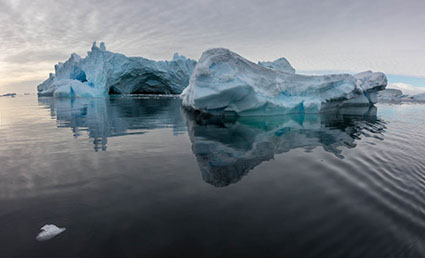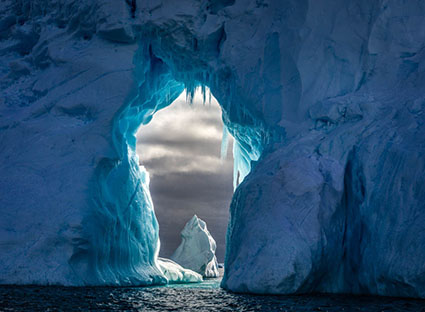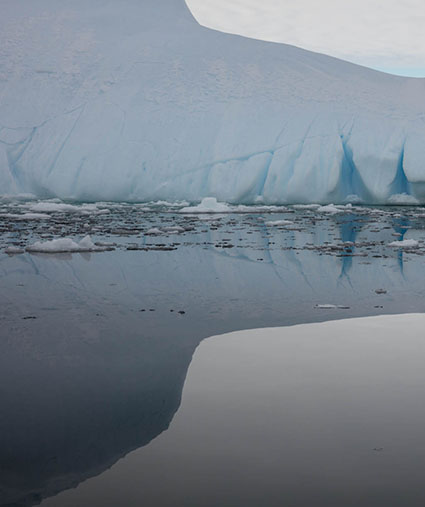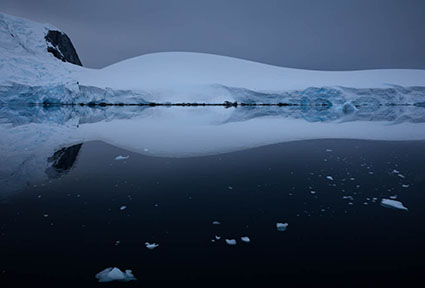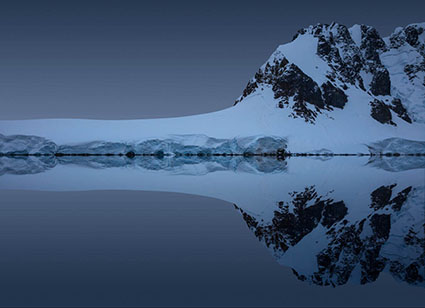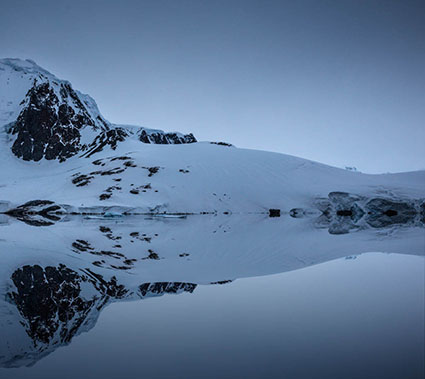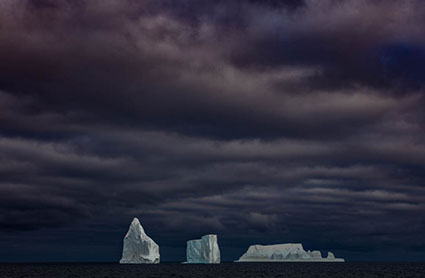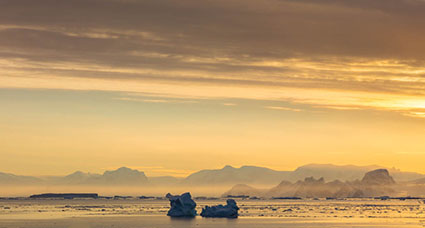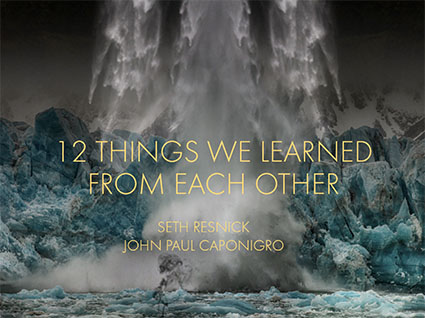How To Make Color Psychology Your Own

Studying color psychology will make you a more able and aware communicator. After you familiarize yourself with the ways other people relate to colors it’s time to make it personal.
You have specific and unique relationships with color. This relationship has many layers. It’s a product of your biology, your culture, your time, your community, your experiences, and the reactions you choose.
When you become more mindful of your relationships with color you will deepen them.
Becoming more aware of your personal relationship with colors will lead to personal discoveries, help you communicate more personal messages, and do so in a more personal way.
Begin this journey into color by spending time with color and freely associating. What sensations, emotions, thoughts, memories, associations, words and phrases arise within you when you are in the presence of a color? Ask these questions for as many different colors as you can think of. It helps to look at the color while you’re doing this.
Do this more than once. How have your relationships with colors changed over time? It’s likely you won’t know unless you develop this habit of being more mindful of color. It helps to have a journal to look back and see influences and patterns over time. Keeping a journal can be a mindful practice.
When you first try this you may draw a blank. When was the last time you tried something like this? When you were a child? Reawaken that playful spirit!
Get the process started and guide it along the way with questions. Ask a lot of questions. Instead of looking for one answer look for many responses. Write down your responses. When you write, write for yourself not others. Forget about perfection. Instead, aim for rich and deep. Later, revisit what you write and add more. Continue to use this reflective process to energize and enrich your relationships with colors.
Here are a few useful questions to ask.
Do you or don’t you like it? Why?
How does it feel? (Describe the sensation of it.)
When you see a color what to do you feel physically?
How do you feel about it?
When you see a color what do you feel emotionally?
Where do you find it in your environment?
Where do you find it in other environments?
Do you encounter it a certain times (of the day or year) and not others?
What things do you connect with it?
Does it bring back memories?
How often do you wear it?
How often do you use it in your images?
(Look back at all of your images. It can be very interesting to track your use of colors over time.)
What other questions can you think of to ask of color?
Write them down.
Find more answers.
Continue your personal journey into color.
Read more on Color Psychology here.
Learn more in my digital printing and digital photography workshops.



